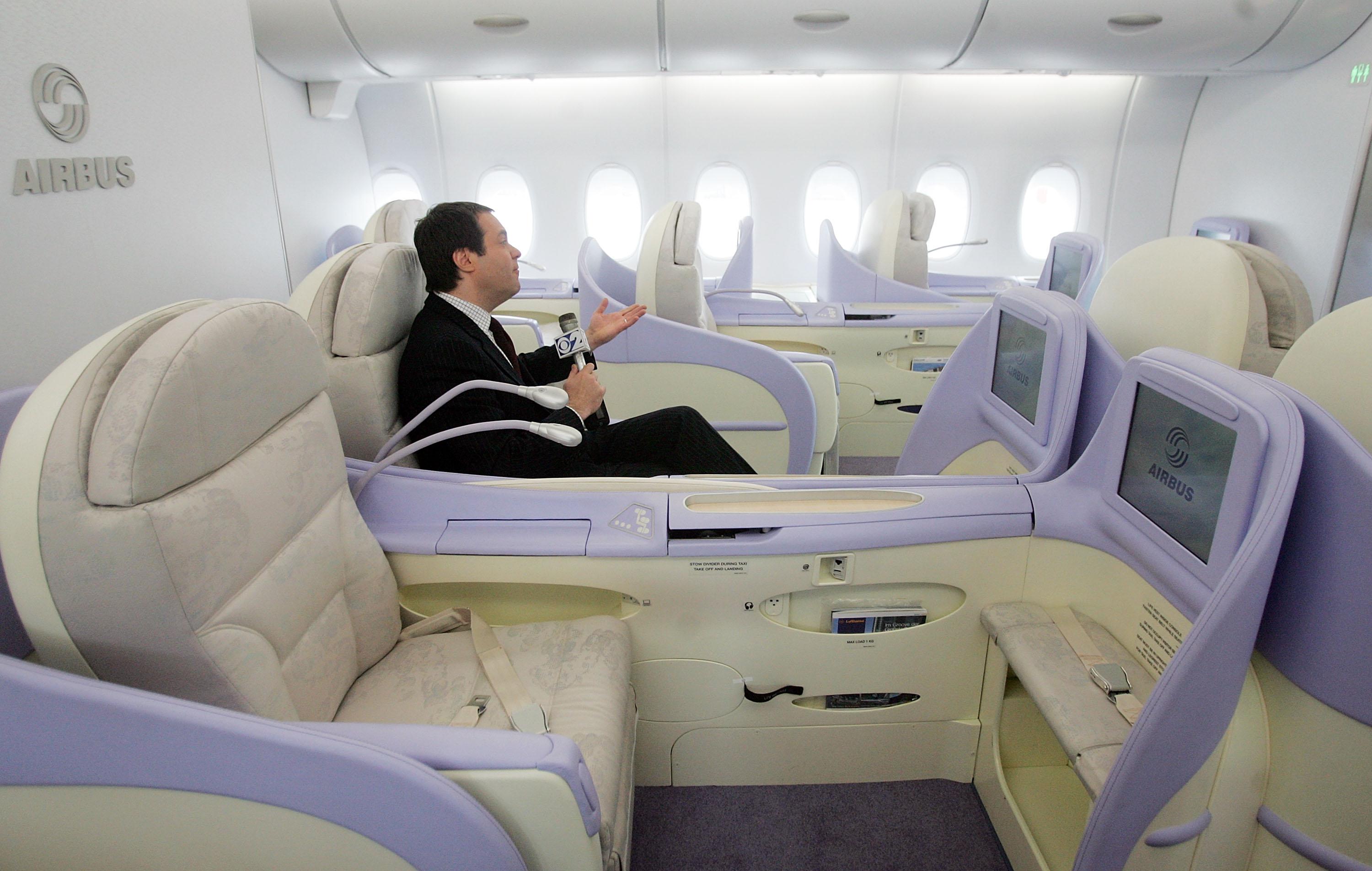A fascinating Jad Mouawad article confirms what I’d anecdotally suspected, international first class accommodations on airlines are getting more lavish. This is in stark contrast to the generally deteriorating quality of the domestic air travel business. Tight regulation of fares used to prevent airlines from competing on price leading them to instead compete on quality. After deregulation in the Carter and Reagan administrations, it turned out that what passengers really wanted was cheaper tickets, so quality has been steadily eroded as prices fall. But international first class is different. Why? The article explains that “the airlines are betting that the image of luxury they project for the front helps attract passengers to the rest of the plane.”
That certainly helps explain why you see first class accommodations emphasized in airline advertising in a way that seems disproportionate. But does it really make sense to invest in delux amenities just to project an “image of luxury” to folks on the back of the plane? My guess is that the real answer is more banal. Income inequality has been rising sharply for decades. The Congressional Budget Office recently found that between 1979 and 2007 the top 1 percent more than doubled their share of income earned after taxes and transfer payments. Relatively few people can afford to fly first class, but with “first class” types commanding a larger share of overall resources it makes sense for firms to increase their emphasis on this market segment. What’s more, pre-tax inequality has risen even faster than after-tax inequality, so things like first-class air fare that are often simultaneously luxury goods and deductible business expenses are especially valuable.
